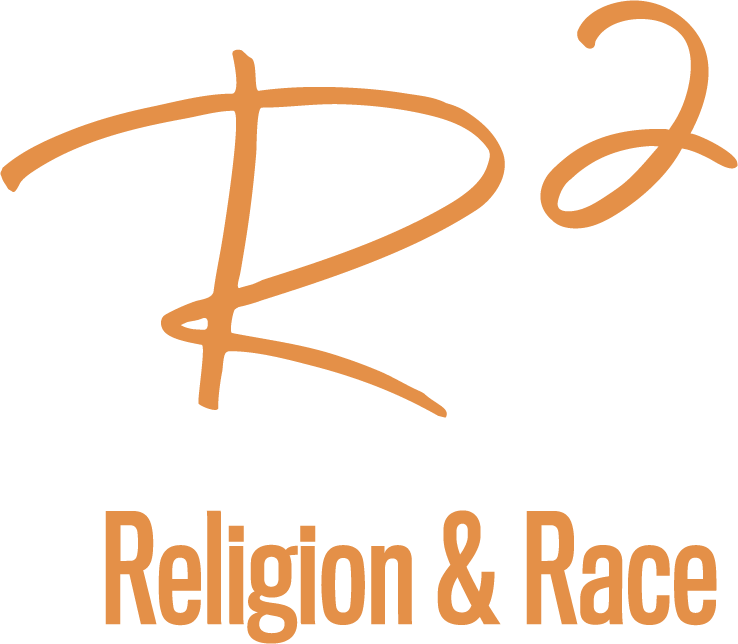What Is Implicit Bias?
As humanity’s understanding and discussion of the concepts of race, racism, and antiracism have evolved over generations, so have the words and phrases we use as we continue the work of obeying God and advancing racial justice.
In this “What Is?” series, the General Commission on Religion and Race offers this compilation of concise definitions, examples, and Biblical/theological foundations to create common vocabulary for Christians as we engage in anti-racism work.
Our hope, as you engage this series, is that the learning equips you to move into deeper waters in anti-racism work in your respective context.
Visit the series homepage for more information on other anti-racism resources.
Definition:
For us to recognize implicit bias which sometimes is also called unconscious bias, we must define through an equity and diversity lens.
IMPLICIT: Unconscious thinking that is very real; influences our conscious thoughts, speech, and actions; and can be in direct conflict with our stated beliefs, values, or commitments.
BIAS: Unconscious thinking that evaluates a person or one group and its members relative to another.
So IMPLICIT BIAS is the unconscious thinking that evaluates one group and its members to another group even when that thinking does not align with our stated beliefs, values, or commitments.The automatic and unintentional bias that we have affects our judgements, decisions, and behaviors toward the group and its members. The impact of any bias is felt by the group or its members regardless of if it was unintentional or not.
Example(s) of Implicit Bias:
“Everyday Biases” by Howard Ross elaborates on 10 ways the unconscious mind filters the world. These 10 ways provide examples of how implicit bias is experienced differently. Here are just two examples of implicit biases:
Believing all Latin@s and Asian people speak English as a second language
Thinking communities as only having needs to be met rather than populated with people with skills, gifts, and assets to offer.
Furthermore, consider this quick exercise for your own reflection of some of your implicit biases. Ask yourself what type of person comes to mind when you hear the following: (Briefly make some notations).
Nurse
Teacher
Doctor
Pastor
Person with an addiction
Biblical/Spiritual/Theological Framing or References:
Matthew 13:13
“That’s why I speak to the crowds in parables: although they see, they don’t really see; and although they hear, they don’t really hear or understand.”
It is important for us to recognize our implicit biases as it impacts our relationship with our neighbor.Jesus utilizes parables sometimes to help people see and hear what they could not see and hear already.Recognizing implicit bias takes an intentional slowing down of thought; making the implicit, explicit. Jesus sometimes did this with parables; exposing what was in people’s hearts so they could choose transformation, or not.The only way we will be able to transform it is we first admit it is there and recognize it for what it is.Parables are one of the ways that God helps us to see what we cannot see.
Reflection Questions:
Can you think of other examples of implicit biases?
How can we recognize our implicit biases?
How can our implicit biases impact our ministry efforts?
What are some ways to challenge implicit biases?

